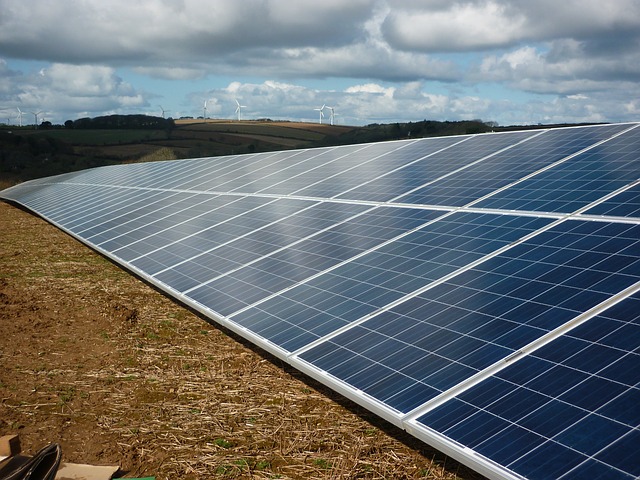Alina Kasprik, Contributor
If you haven’t been paying attention to the solar industry, you’re probably surprised at how much publicity community solar is currently getting. It would appear its popularity has been a recent development that has come out of nowhere — so quickly, in fact, that people are just beginning to understand exactly what the whole concept of community solar is.
For those of us in the industry, community solar is not a new concept. I started noticing the number of community solar projects crossing my desk increase significantly within the past year, and it’s not just Standard Solar that’s taking notice.
Late last year, I was honored to take part in a panel on the solar financing trends and the rise of solar loans at the MDV-SEIA Solar Focus conference. The assembled group intended to discuss the changing financing landscape in residential and commercial solar. We were supposed to be discussing the evolving changes in the financing from leases to loans and how it was affecting financing across all segments of the solar industry but as the panel dug into the subject, it morphed into a completely different discussion, and the centerpiece of what we started discussing was community solar. And the central question on virtually everyone’s lips was this: Is community solar worth all the hype?
I wasn’t at all surprised. After all, the panel was supposed to discuss residential, commercial and utility-scale solar, and community solar combines all three of these segments into one overarching segment. Community solar projects often have as their customers residential and commercial entities, but they are being built on a utility scale — which attracts institutional financiers in ways typical residential and (in particular) commercial solar projects do not.
When you add to that the fact that between 50 and 75 percent of potential solar consumers can’t put solar panels on their own roof, community solar is the mechanism that allows those consumers to access the Solar Revolution. And the influx of money has the Smart Electric Power Alliance (SEPA) predicting that community solar will make up 30 percent of all distributed-generation solar electricity by 2020, and 42 states have at least one community solar project active. Clearly, the potential for a community solar boom market is there.
So what is keeping this community solar “hype” from becoming a community solar “reality?” Well, despite its obvious growth and expansion, only 19 states and the District of Columbia have created policies that encourage the development of community solar. In other words, projects exist in almost every state despite having policy headwinds that discourage further development in the states.
What would happen if the rest of the country followed Minnesota’s and Colorado’s leads and actually put into place policies that would encourage community solar? The mind boggles, but it’s a safe bet that community solar would quickly become the second largest solar segment behind utility-scale — and I believe it wouldn’t be close.
To truly capture the potential of community solar, it’s incumbent upon us in the solar industry to educate policymakers at all levels — local, state and federal — to the advantages of community solar. Because once the proper policies are in place across the nation, community solar projects will spread the Solar Revolution to more people and cement it as the electricity-production method of the future.
Alina Kasprik is a Project Finance Manager at Standard Solar.
A session at next week’s DistribuTECH will cover community solar. Learn more about it here!





